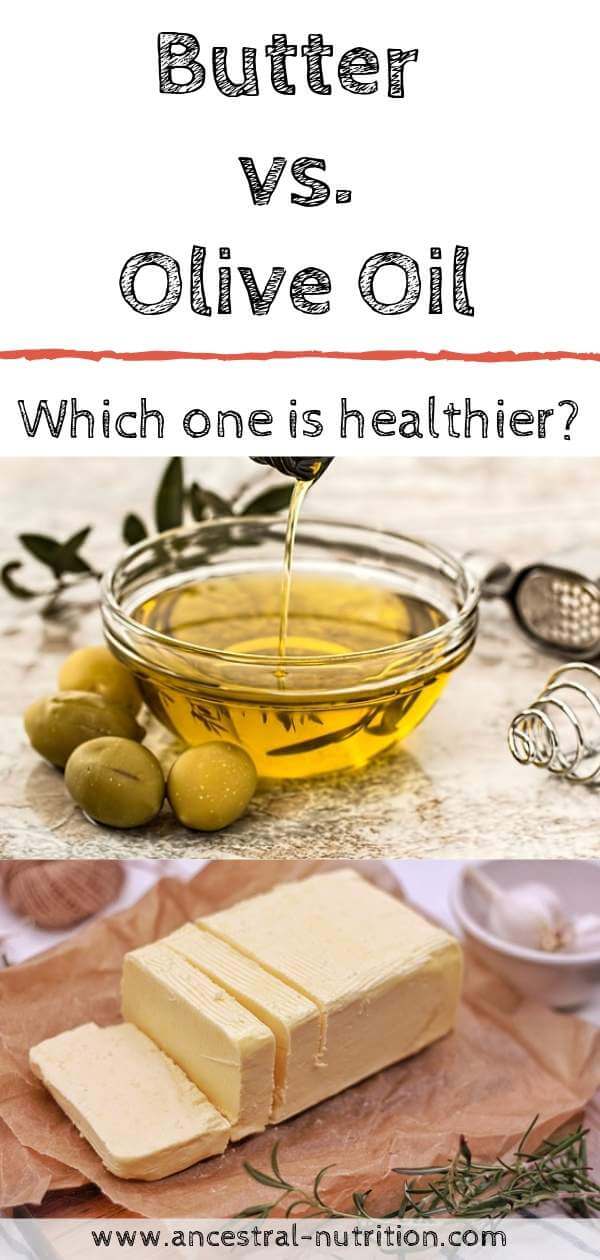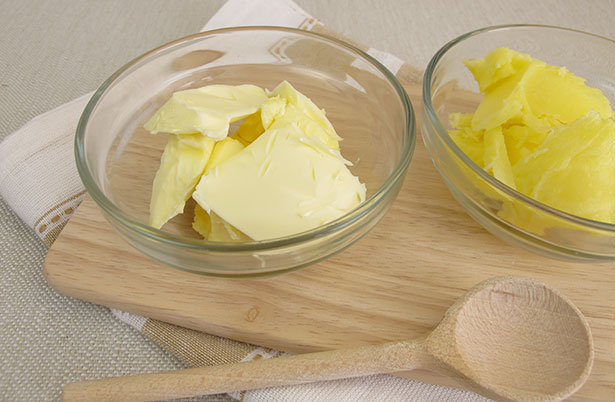

Top your toast with a nut butter or tahini and fresh fruit vs butter and jam.Choosing what you put on your toast should be part of a healthy diet and lifestyle. Emphasis of optimal health should never be about a single nutrient or food. Remember, too, different components of the diet interact together to influence overall health. Whatever you choose, consume in moderation. If you prefer margarine over butter, be sure you choose trans-fat-free brands (i.e., not hard margarines) and opt for a product made from olive oil, that isn’t loaded with too many emulsifiers. If you go for butter and eat it regularly, consider buying one that is made from grass-fed cows’ milk and is unsalted. What you choose will depend on your individual preferences, your health and your goals.
#Butter or margarine healthier full#
More research is needed to understand the full picture, as controlled studies conclude that linoleic acid (the most common omega-6 fat consumed) doesn’t affect levels of inflammatory markers. However, some scientists believe that excessive omega-6 intakes may promote inflammation. A recent review of studies concluded that eating less saturated fat is linked to a 17% reduced risk of heart disease when it’s replaced with polyunsaturated fat. There is also more research beginning to understand the role of polyunsaturated fats They also recommend that we swap out saturated fats – found in foods like dairy – for unsaturated fats like olive oil, rapeseed oil, sunflower oil, nuts and seeds. Current guidelines still encourage us to limit saturated fat to 11% of total energy intake. While it is true that saturated fat promotes higher levels of LDL cholesterol, the story is a little bit more complex. Type of fatĪ high intake of saturated fat has been linked to an increased risk of heart disease however, this a controversial issue in nutrition science as the evidence is not clear cut. Based on which oil is used for the margarine, the same composition exists. While phytosterols may reduce the levels of LDL cholesterol, they don’t seem to affect heart disease risk 1,3,4.Īll fats, including oils, are a combination of three fatty acids: monounsaturated, polyunsaturated and saturated fats. Vegetable oil-based margarine is often rich in phytosterols too.

Polyunsaturated fat is generally considered healthy however, more on that a little later. The exact amount depends on what vegetables oils were used to produce it. Most types of margarine are high in polyunsaturated fat. The health benefits of margarine depend on what kind of vegetable oil it contains and how it is processed. However, as butter is generally consumed in small amounts, its contribution to total dietary intake of these nutrients is low 1,3. Butter from grass-fed cows contains a significantly higher proportion than butter from grain-fed cows. The amount of other beneficial nutrients like vitamin K2, conjugated linoleic acid (CLA) and omega-3 depend on the diet of the cows that produced the milk. In addition to hydrogenation or interesterification of vegetable oils, modern margarine may contain several food additives including emulsifiers and colourants 1,2.īutter is composed of around 51% saturated fat. A more recent process called interesterification has been adopted, as this achieves similar results without forming any trans fats. A high intake of trans fats has been linked to an increased risk of chronic disease 2. The process increases the oil’s saturated fat content however, unhealthy trans fats are formed as a side product. Hydrogenation involves exposing oils to high heat, pressure, hydrogen gas and metal catalyst. A process called hydrogenation has been used to harden vegetable oils in margarine 1,2. Vegetable oils are liquid at room temperature and, to make margarine, a change in the chemical structure is needed. Butter is concentrated dairy fat however, margarine is a highly processed food. The most important difference between the two is that butter is derived from dairy, whereas margarine is made from vegetable oils.

The differences between butter and margarine Sold as the healthier alternative to butter but is it really? Let’s explore more.

But isn’t it linked to heart disease? Margarine. For many people, it’s limited-ingredient list also adds to its appeal. Spread thick on warm bread, it tastes so good. Dietitian Dr Linia Patel discusses whether marg is really the healthier option to spread on your toast.īutter.


 0 kommentar(er)
0 kommentar(er)
